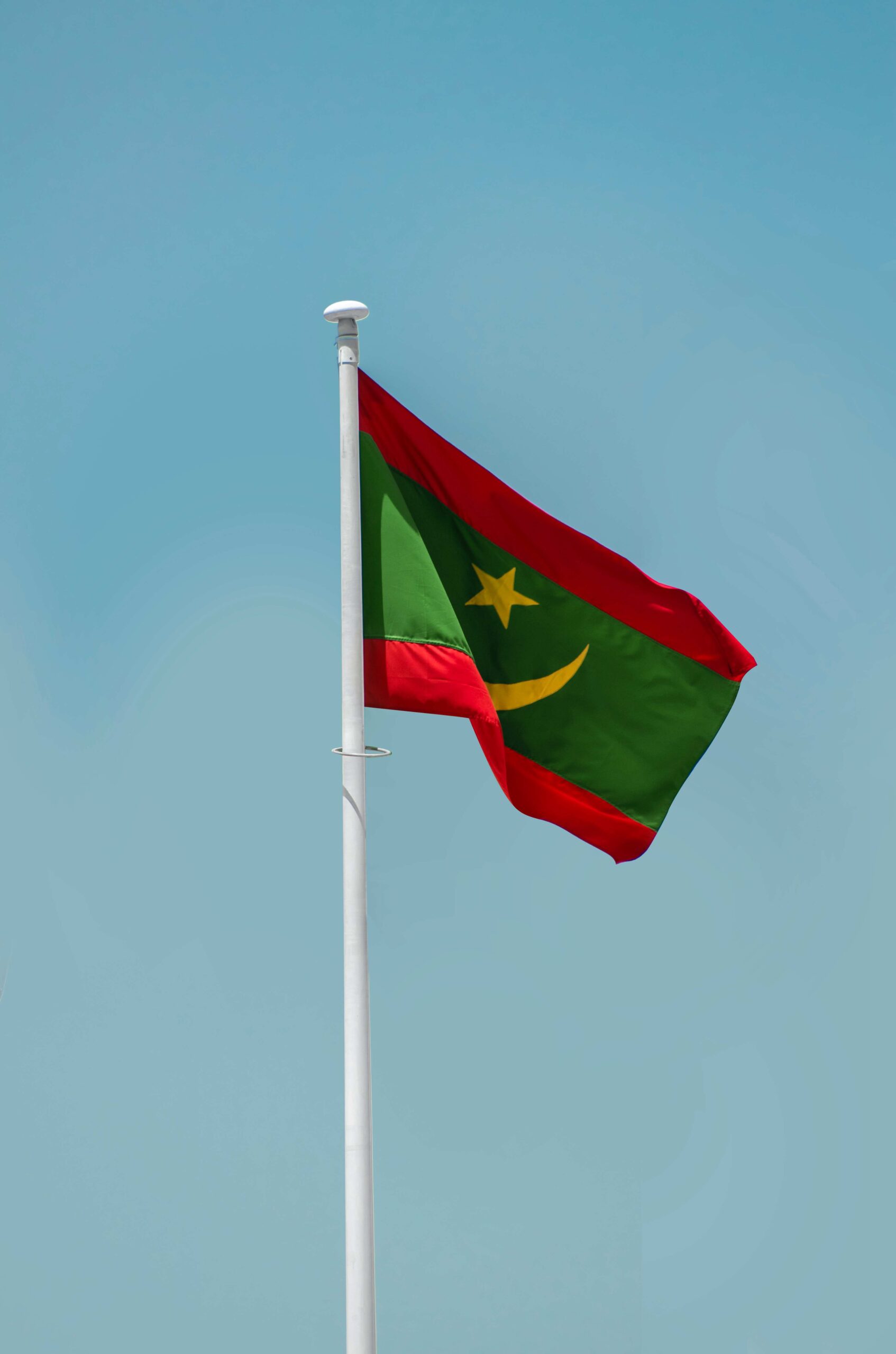Africa, the cradle of humanity, is a continent brimming with cultural and historical diversity. One of the most striking symbols of this diversity is the multitude of flags of Africa that represent its 54 countries. Each of the flags of Africa tells a unique story that echoes the nation’s history, aspirations, and cultural identity.
South Africa: A Symbol of Unity
South Africa’s flag stands out with its unique combination of colours and Y-shaped design. Adopted in 1994 to mark the end of apartheid, the flag represents unity in diversity. The six colours – red, white, blue, green, black, and gold – symbolize the different elements of South Africa’s history, culture, and natural beauty. The converging Y shape represents the coming together of the country’s diverse people, forging a shared future.
Kenya: Strength and Protection
The Kenyan flag, also known as the “Black, Red, Green, and White” flag, was adopted in 1963 upon gaining independence from British colonial rule. The flag features a central emblem of a traditional Maasai shield and spears, signifying the nation’s readiness to defend its sovereignty. The black colour represents the people, the red symbolizes the bloodshed during the struggle for independence, the green denotes the country’s rich agricultural land, and the white stripes stand for peace and unity.
Nigeria: A Vibrant Emblem of Harmony
Nigeria’s flag, adopted in 1960, is a simple yet powerful symbol of the country’s harmony and prosperity. The flag consists of three vertical stripes – green, white, and green – which represent the nation’s lush vegetation, peace, and agricultural wealth. The simplicity and elegance of Nigeria’s flag serve as a visual reminder of the importance of unity in a country renowned for its ethnic and cultural diversity.
Ghana: A Beacon of Freedom
As the first African country to gain independence from colonial rule in 1957, Ghana’s flag holds a special place on the continent. Designed by Theodosia Okoh, the flag features three horizontal stripes – red, gold, and green – with a black five-pointed star at the centre. The red symbolizes the bloodshed during the struggle for independence, the gold represents the mineral wealth of the country, the green signifies the rich forests and agricultural lands, and the black star embodies African freedom and unity.
Ethiopia: A Flag with Deep Roots
Ethiopia’s flag is one of the oldest in Africa, dating back to the early 20th century. The flag consists of three horizontal stripes – green, yellow, and red – with a blue circle and a golden emblem at the centre. The green represents hope and the fertility of the land, the yellow symbolizes faith and the nation’s rich cultural heritage, and the red signifies strength and sacrifice. The emblem, which features a star with rays extending to the edge of the blue circle, represents the unity of Ethiopia’s diverse ethnic groups.
The flags of Africa
The flags of Africa are more than just colourful pieces of cloth fluttering in the wind. They are the embodiment of the history, culture, and aspirations of the continent’s diverse nations. From South Africa’s emblem of unity to Ethiopia’s deep-rooted symbolism, each flag tells a story that resonates with the people it represents. As you explore the rich tapestry of Africa’s flags, you’ll uncover the heart and soul of a continent that continues to captivate and inspire the world.
Image Credit: Victor Rutka on Unsplash





